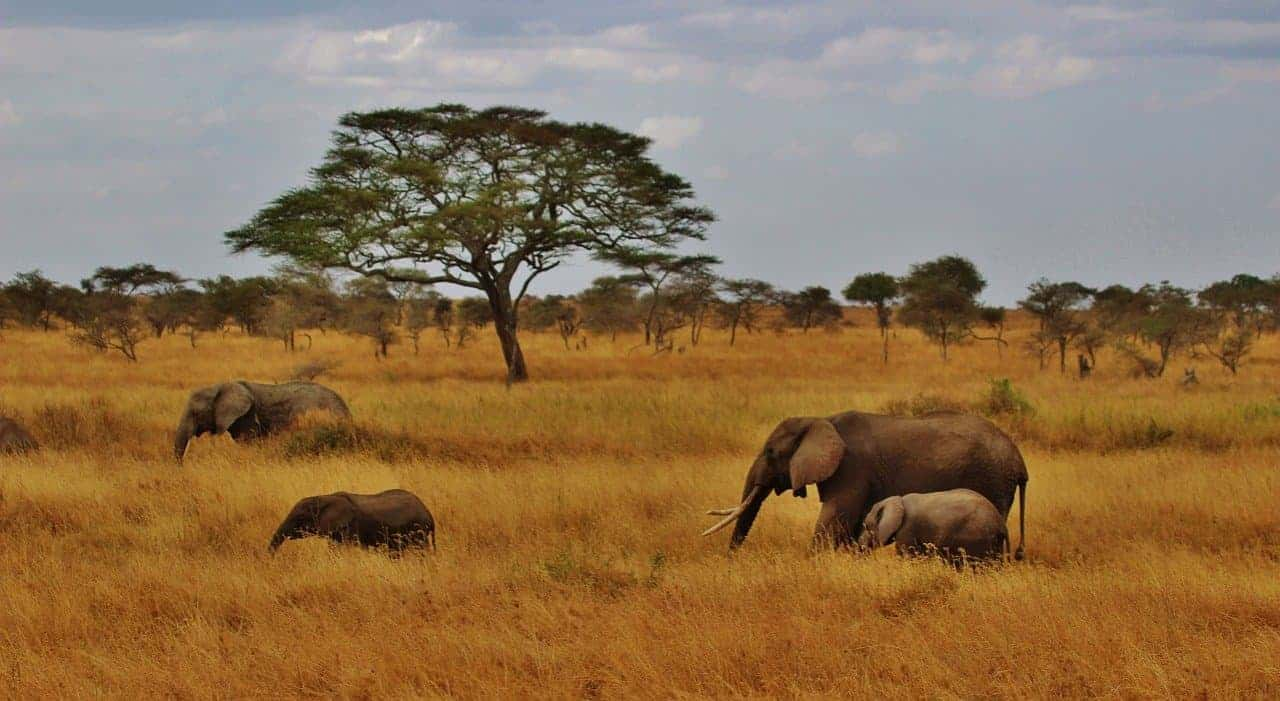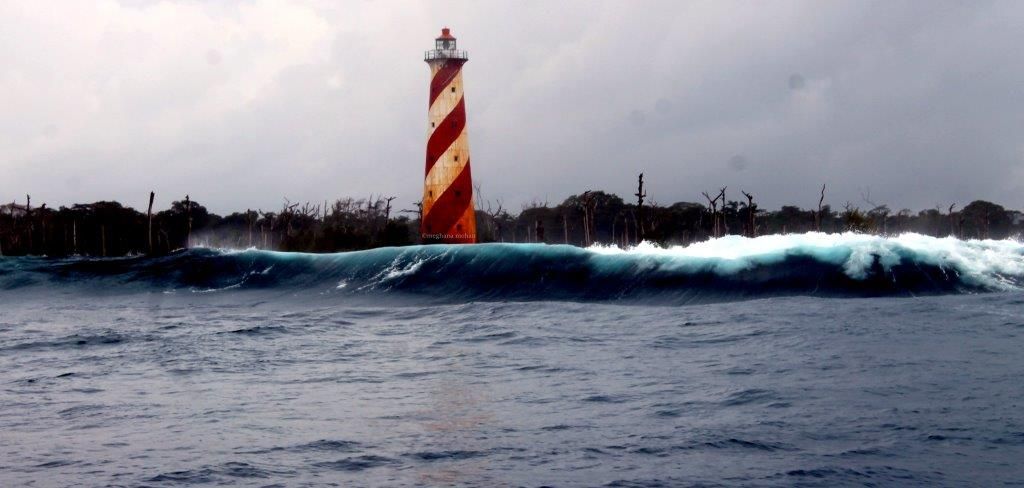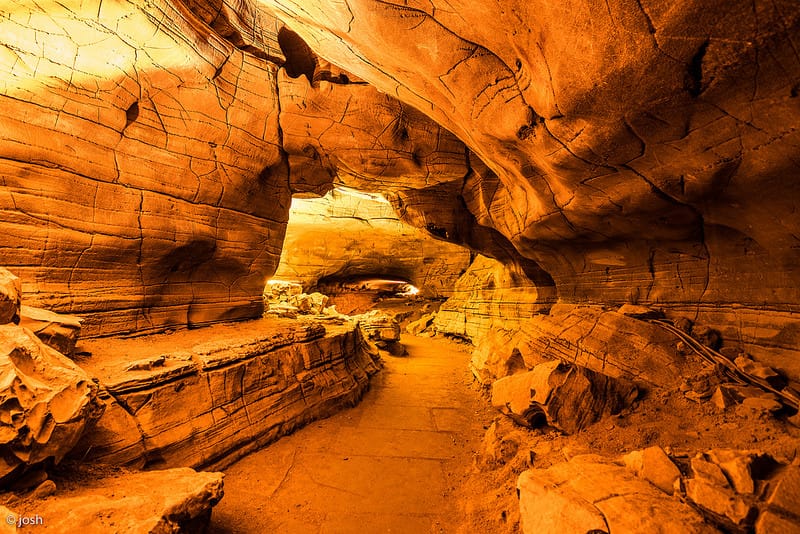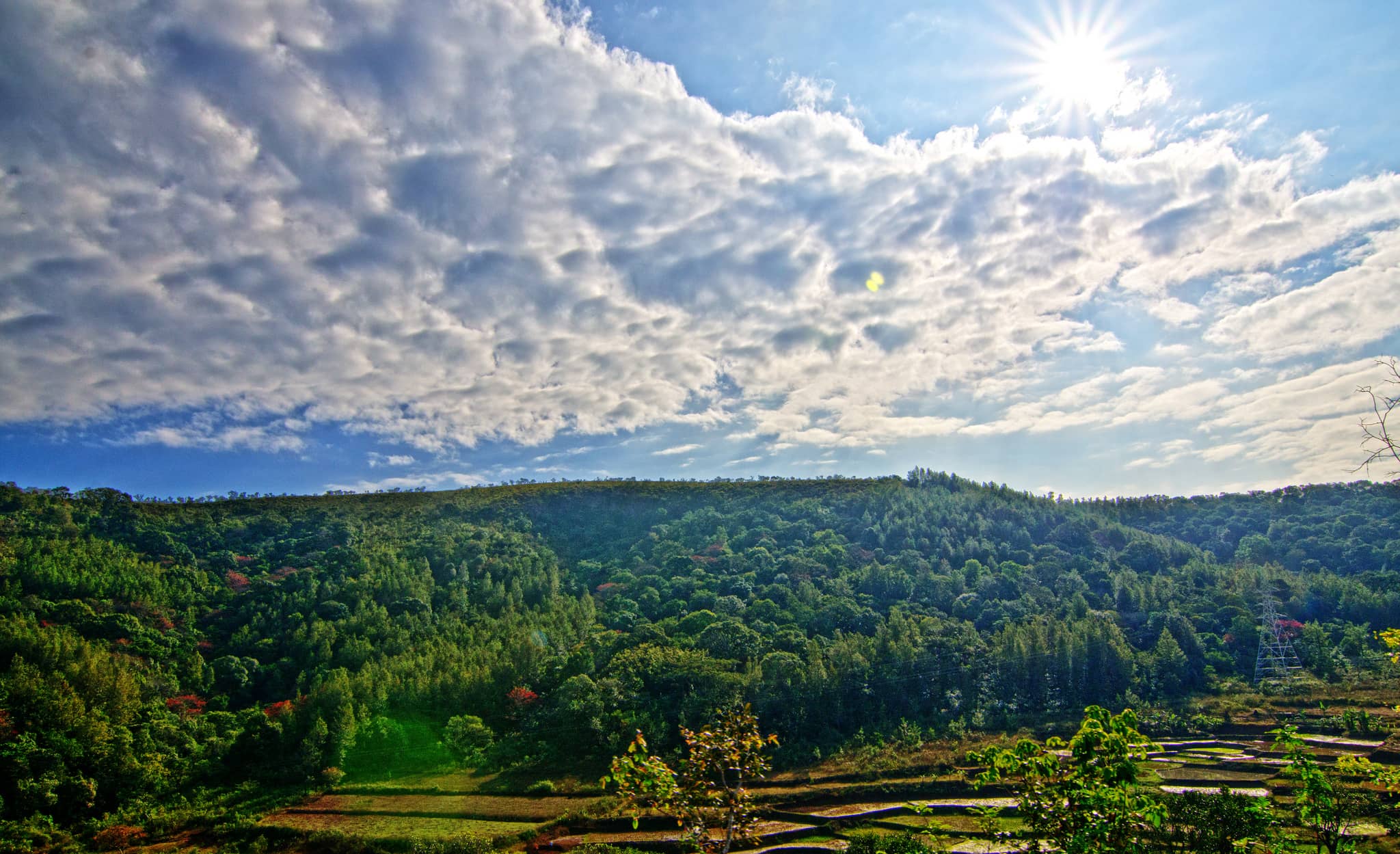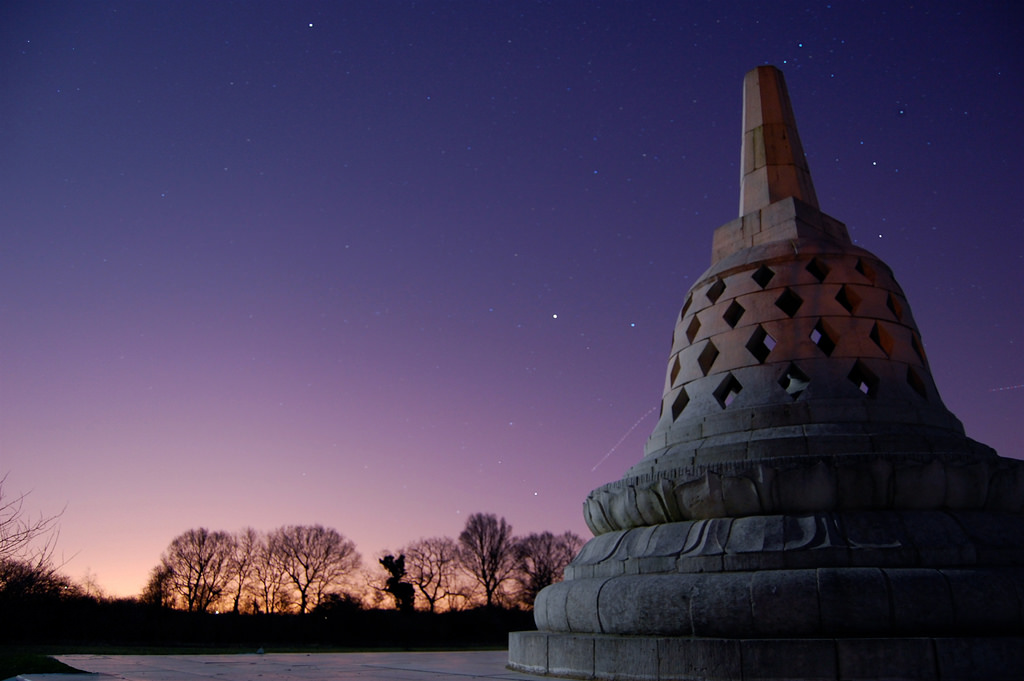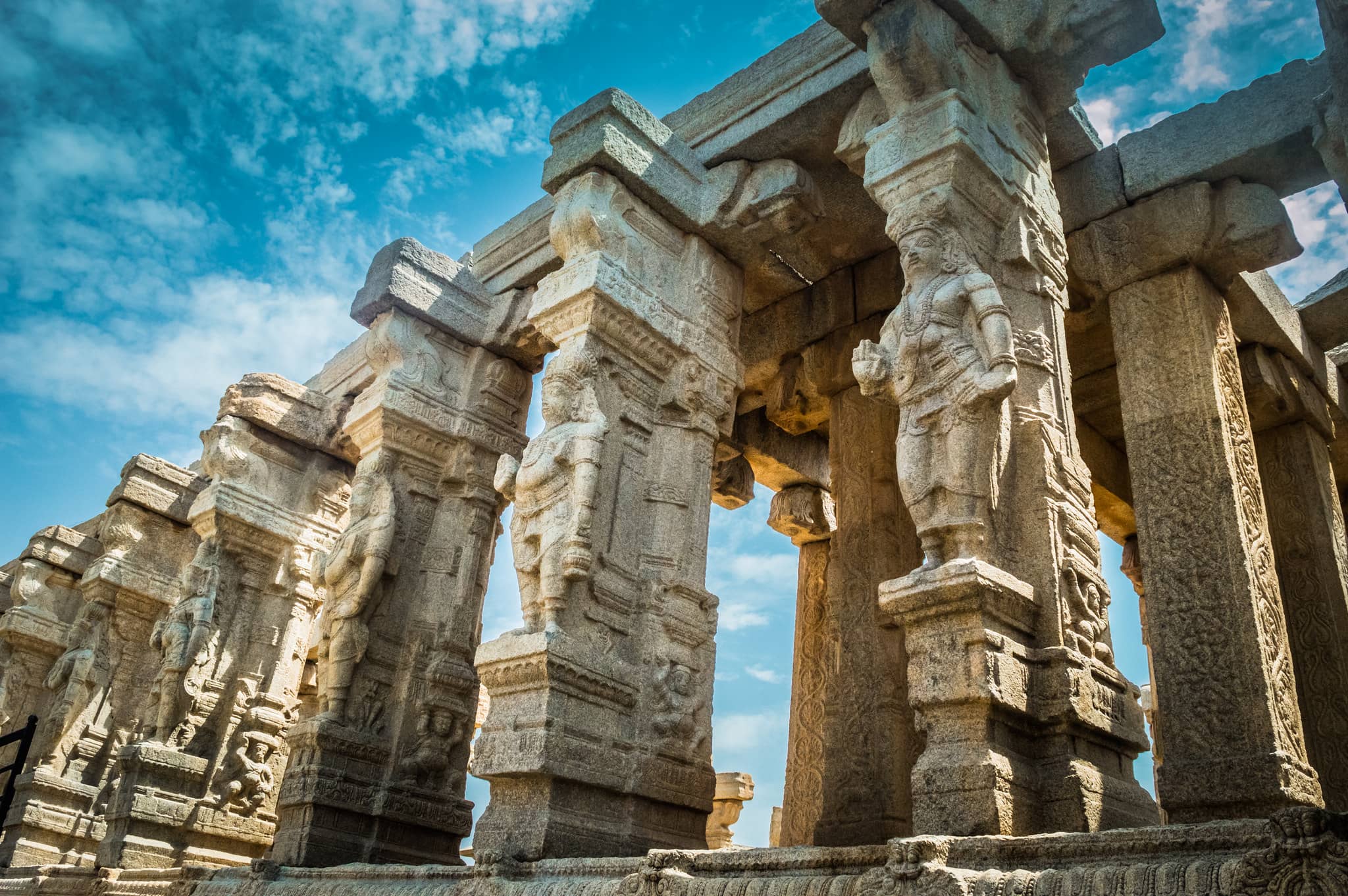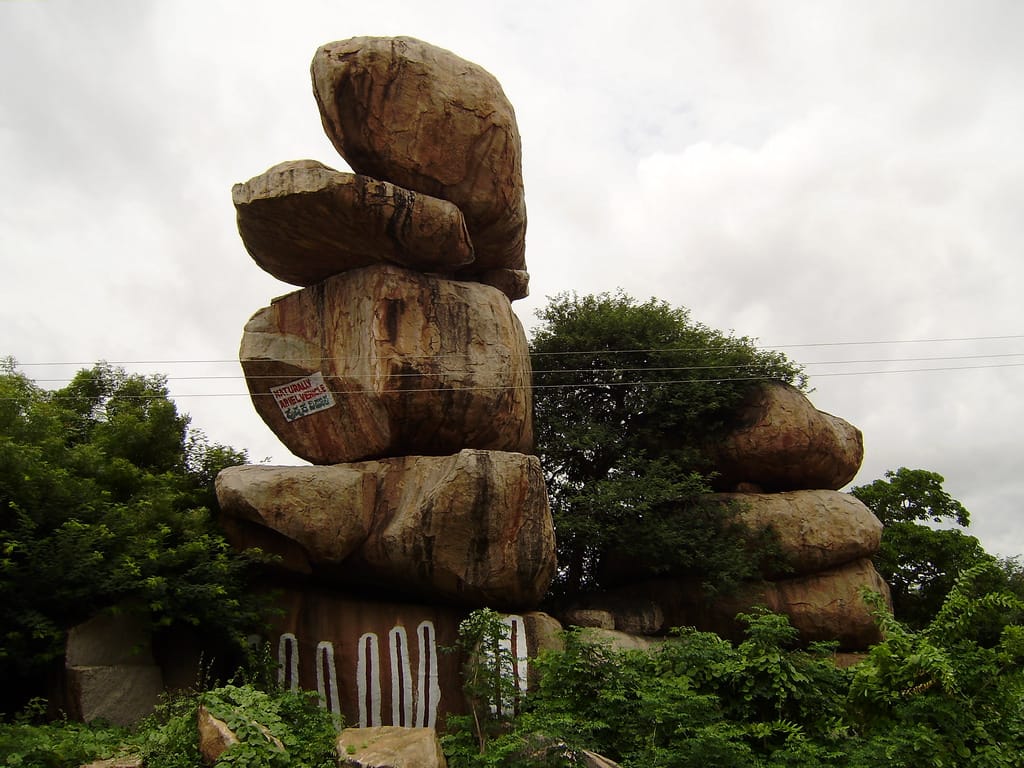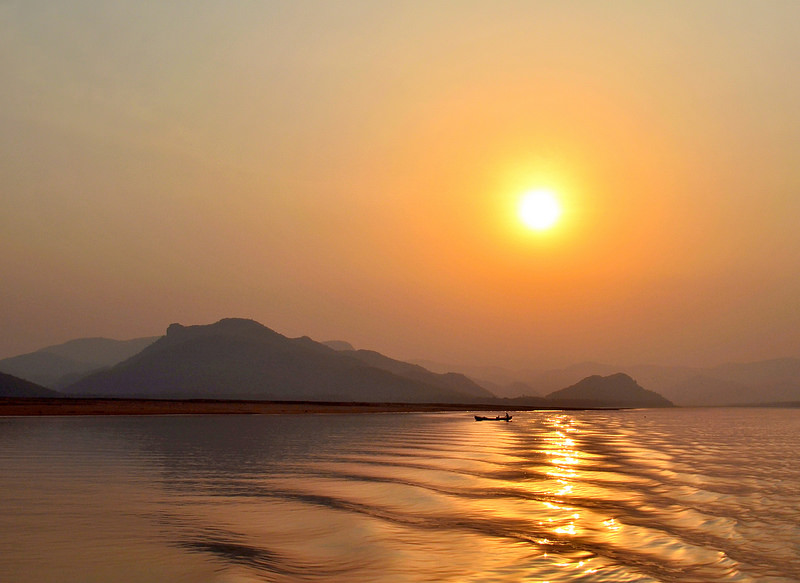Tanzania is a country in East Africa known for its rich wildlife and natural beauty. It’s home to famous places like Serengeti National Park, where you can see the “Big Five” animals – elephants, lions, leopards, buffalos, and rhinos. Mount Kilimanjaro, the tallest mountain in Africa, is also found here. Off the coast are the beautiful islands of Zanzibar and Mafia, popular for their beaches, coral reefs, and marine life like whale sharks. The lively city of Dar es Salaam blends traditional Swahili culture with modern life. In the north, Olduvai Gorge is an important site for human history, located near Ngorongoro Crater, a large volcanic area full of wildlife and home to the Maasai people who keep their traditional way of life. You can also visit Lake Tanganyika, where Jane Goodall studied chimpanzees.
places to visit in Tanzania
Serengeti National Park

Serengeti National Park in northern Tanzania is famous for the annual migration of wildebeest and zebras. The herds move from the southern plains to find fresh grass, often crossing the dangerous Grumeti River. Some also head to the Lobo Hills, home to black eagles. The park is also known for black rhinos found in the rocky Moru Kopjes.
Ngorongoro Conservation Area
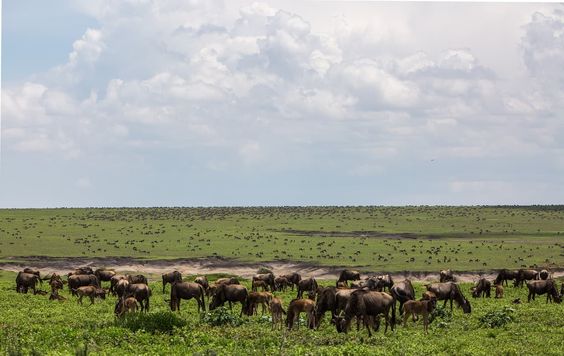
The Ngorongoro Conservation Area is located in northern Tanzania and is named after the massive Ngorongoro Crater, a volcanic caldera. The area is home to many wild animals like elephants, lions, leopards, buffalo, and rhinos. During the annual migration, large herds of wildebeests and zebras travel through the plains, and the semi-nomadic Maasai people graze their livestock alongside them.
Mount Kilimanjaro
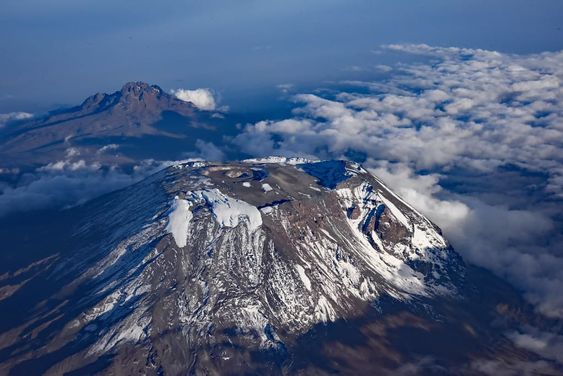
Mount Kilimanjaro, a dormant volcano in Tanzania, is the tallest mountain in Africa and the highest free-standing mountain in the world, standing at 5,895 meters above sea level. The mountain has three volcanic cones: Kibo, Mawenzi, and Shira.
Tarangire National Park

Tarangire National Park, located in Tanzania’s Manyara Region, is known for its large elephant population and iconic baobab trees. During the dry season from June to November, visitors can see large herds of zebra, wildebeest, and cape buffalo. The park is also famous for its termite mounds and is home to over 550 bird species.
Lake Manyara National Park
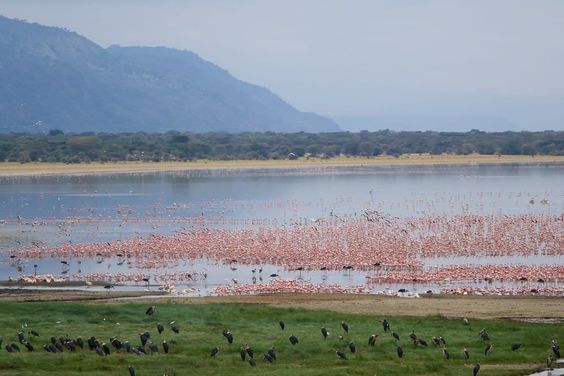
Lake Manyara National Park offers a mix of habitats, from a soda lake to woodlands and steep mountains. The park is known for its tree-climbing lions, large flocks of flamingos, and one of Tanzania’s largest elephant populations. It also has a variety of plant species, with more than 670 types recorded.
Lake Victoria
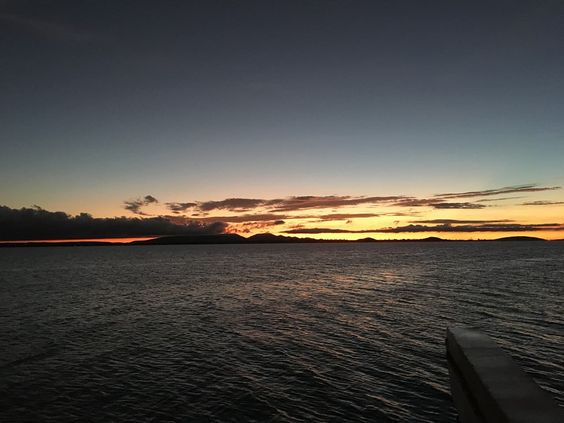
Lake Victoria is one of the African Great Lakes, named by explorer John Hanning Speke after Queen Victoria. It is the world’s ninth-largest continental lake. Lake Victoria is home to unique fish species, particularly cichlids, although the introduction of Nile perch has caused some species to become extinct.
Selous Game Reserve
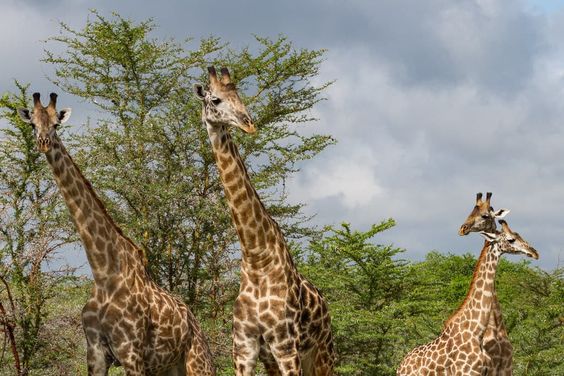
Selous Game Reserve is a large protected area in southern Tanzania and a UNESCO World Heritage Site. The reserve is home to a wide range of wildlife, including elephants, lions, rhinos, and giraffes, and is famous for its biodiversity, including the endangered East African wild dog.
Lake Tanganyika
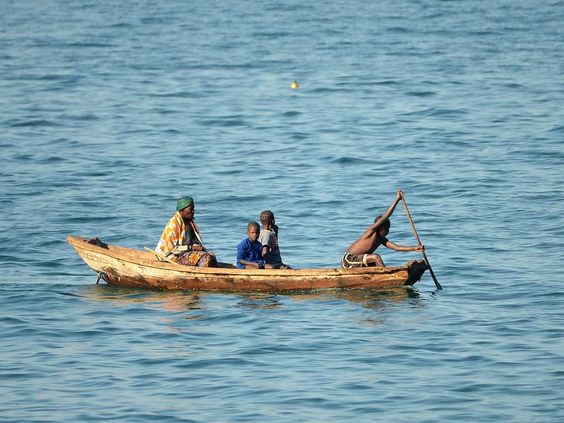
Lake Tanganyika is the second-oldest, second-deepest, and longest freshwater lake in the world. It is located in East Africa and is home to various species of fish, including the famous giant Nile crocodile, and unique terrapins. It is a critical habitat for many endemic species.
Lake Natron
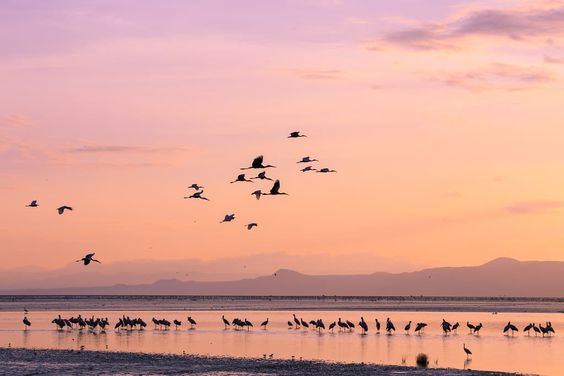
Lake Natron is a salty soda lake in Arusha Region, Tanzania, and is the only regular breeding ground in East Africa for lesser flamingos. The water in Lake Natron is highly alkaline, with a pH as high as 10.5, due to minerals from the surrounding hills.
Mount Meru
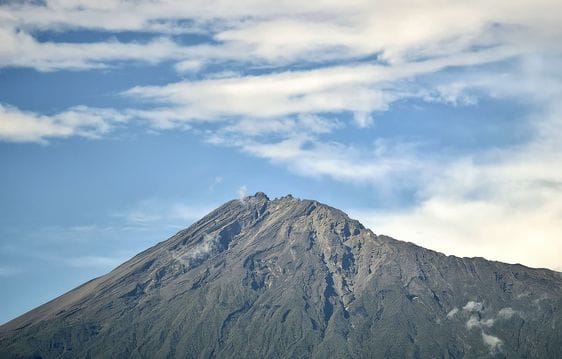
Mount Meru, located 70 kilometers west of Mount Kilimanjaro, is Tanzania’s second-highest mountain. It is a dormant volcano and stands at 4,566 meters above sea level. The Momella route, starting at Momella Gate on the eastern side of the mountain, is the most popular route for climbers.
Top destinations in Tanzania
Arusha
Arusha is a city in Tanzania, located at the foot of Mt. Meru, a dormant volcano. It serves as a gateway to popular safari destinations and is close to Africa’s tallest mountain, Mt. Kilimanjaro, which stands 5,895 meters high. To the west, Serengeti National Park is famous for its wildlife, including lions, rhinos, giraffes, and leopards, and is home to the famous annual wildebeest migration.
Zanzibar
Unguja, also called Zanzibar Island, is the main island in Tanzania’s Zanzibar archipelago. Stone Town, the historic part of Zanzibar City, has mosques and narrow streets. The House of Wonders, built in 1883, was once a palace with a clock tower. The Old Fort now houses a cultural center and an open-air amphitheater. The Hamamni Persian Baths, built in the late 19th century, were supplied with hot water through underground aqueducts.
Dar es Salaam
Dar es Salaam is a bustling port city on Tanzania’s Indian Ocean coast. Originally a fishing village, it has grown into a major commercial hub. The Village Museum showcases the traditional homes of local Tanzanian tribes and features tribal dances. It’s part of the National Museum, which also displays exhibits on Tanzania’s history, including fossils of early human ancestors discovered by anthropologist Louis Leakey.
Best Time To Visit Tanzania
The ideal time to visit Tanzania is from June to October, during the dry season, when wildlife viewing is at its best. The wildebeest migration in Serengeti typically takes place in June and July, while the calving season for wildebeests is usually in late January to February.
